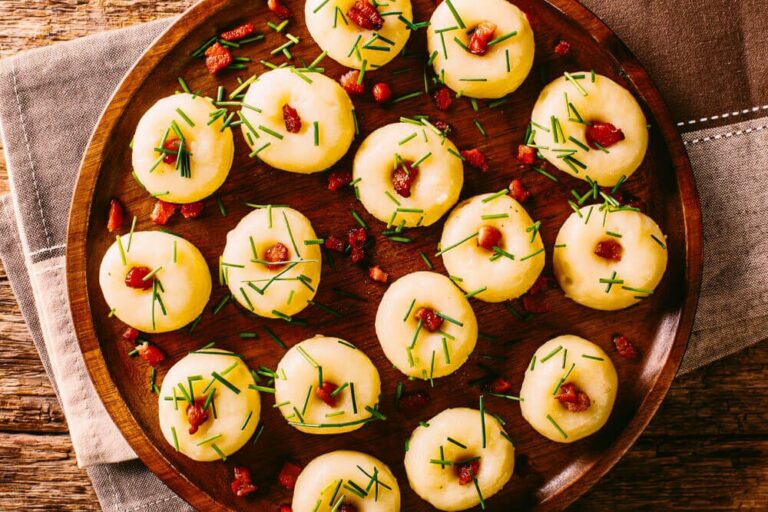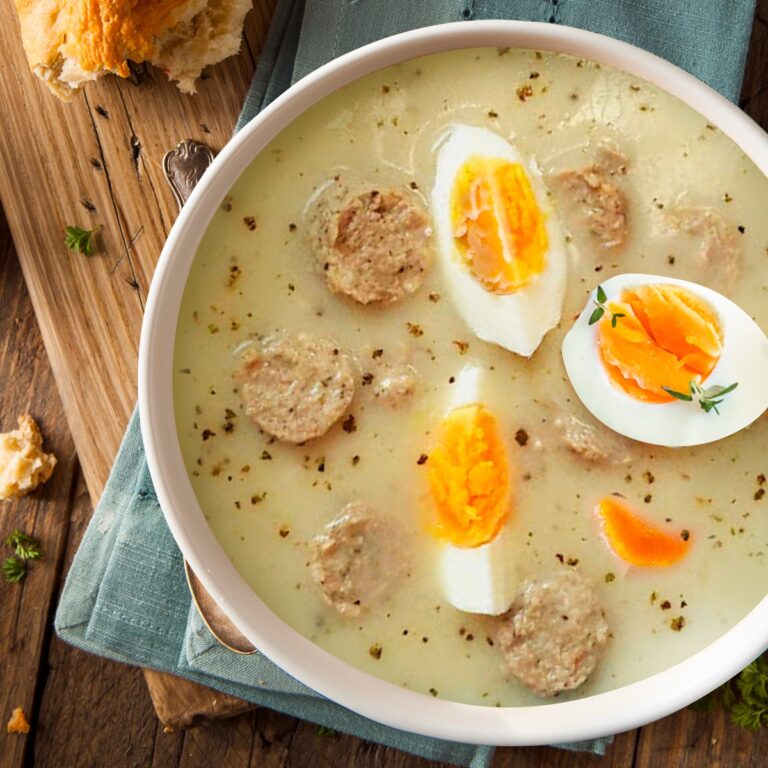Introduction: Traditional Polish snacks
Polish cuisine is renowned for its hearty and delicious dishes, but it also boasts a range of delightful snacks. Traditional Polish snacks come in various shapes and sizes, and they are perfect for satisfying cravings in between meals. From savory dumplings to sweet pastries, Polish snacks offer a diverse range of flavors and textures that will surely delight your taste buds.
Pierogi: Filled dumplings at their best
Pierogi is perhaps the most famous Polish snack, and for good reason. These filled dumplings can be made with a range of fillings, including savory options like cheese and potato, sauerkraut and mushroom, and meat. They can also be made with sweet fillings like fruit and jam. Pierogi can be boiled or fried and are often served with sour cream or fried onions. They are delicious and filling, making them perfect for a quick lunch or a snack on the go.
Zapiekanka: A Polish-style pizza bread
Zapiekanka is a popular Polish snack that is similar to pizza bread. It is made with a baguette that is sliced in half and topped with cheese, mushrooms, ham, and ketchup. The bread is then toasted until the cheese is melted and bubbly. The result is a crispy and flavorful snack that is perfect for sharing with friends or enjoying on your own. Zapiekanka is also a popular street food in Poland and is often sold at food trucks and stalls.
Bigos: The king of Polish stews
Bigos is a hearty and flavorful stew that is considered the king of Polish stews. It is made with sauerkraut, various meats, and spices, which are cooked together over a low flame for several hours. The result is a rich and delicious stew that is perfect for a cold winter’s day. Bigos is often served with crusty bread and a cold beer, making it the perfect snack for a cozy night in.
Kiełbasa: Delicious Polish sausage
Kiełbasa is a type of Polish sausage that is made with pork, beef, or a combination of both. It is seasoned with spices like garlic, marjoram, and pepper and then smoked or boiled. Kiełbasa can be eaten on its own as a snack or used in various dishes like stews and soups. It is also a popular ingredient in Polish cuisine, and it is often served during special occasions like weddings and Christmas.
Paczki: Sweet doughnuts for a treat
Paczki is a type of sweet doughnut that is popular in Poland. It is made with a yeast dough that is filled with various sweet fillings like jam, custard, or chocolate. Paczki are often coated in powdered sugar or glaze and are a popular snack during the carnival season in Poland. They are delicious and indulgent, making them the perfect treat for a special occasion or for satisfying a sweet tooth.










